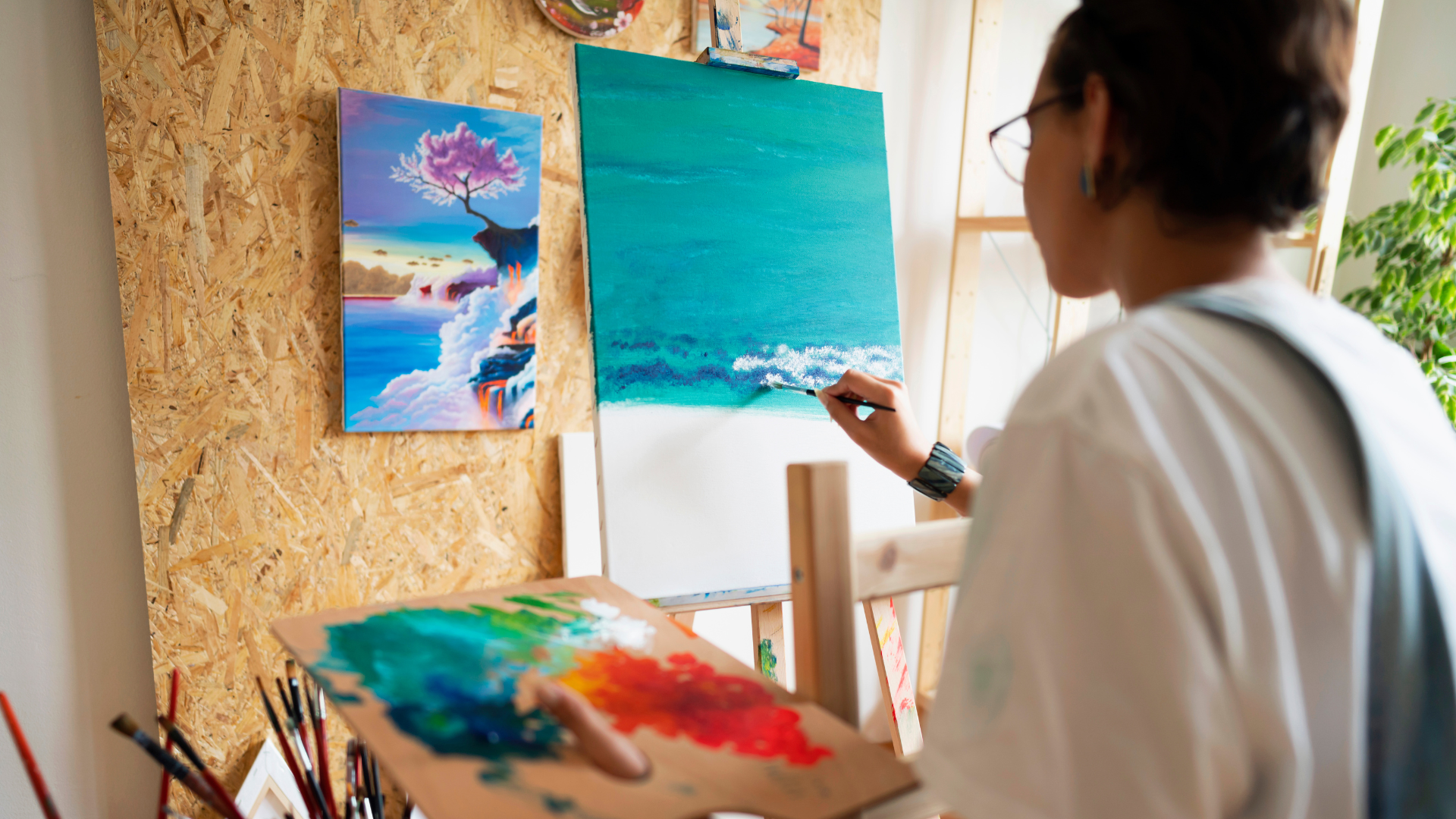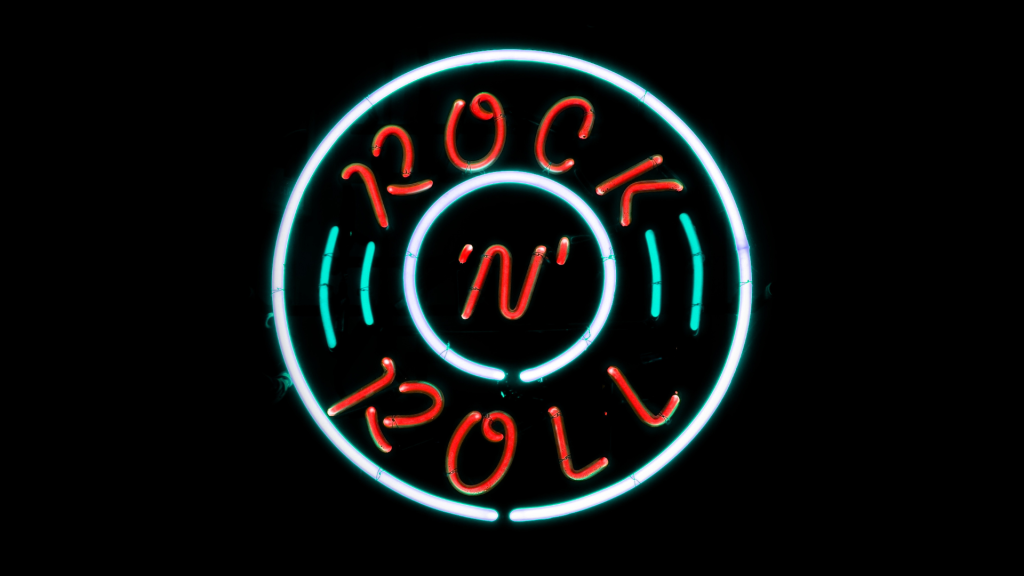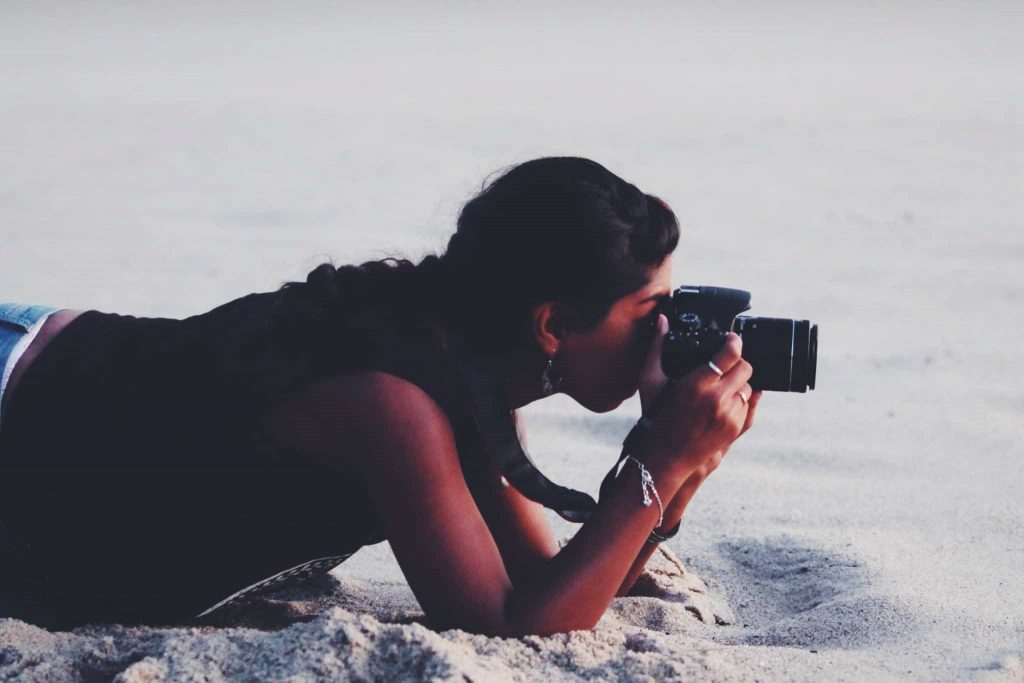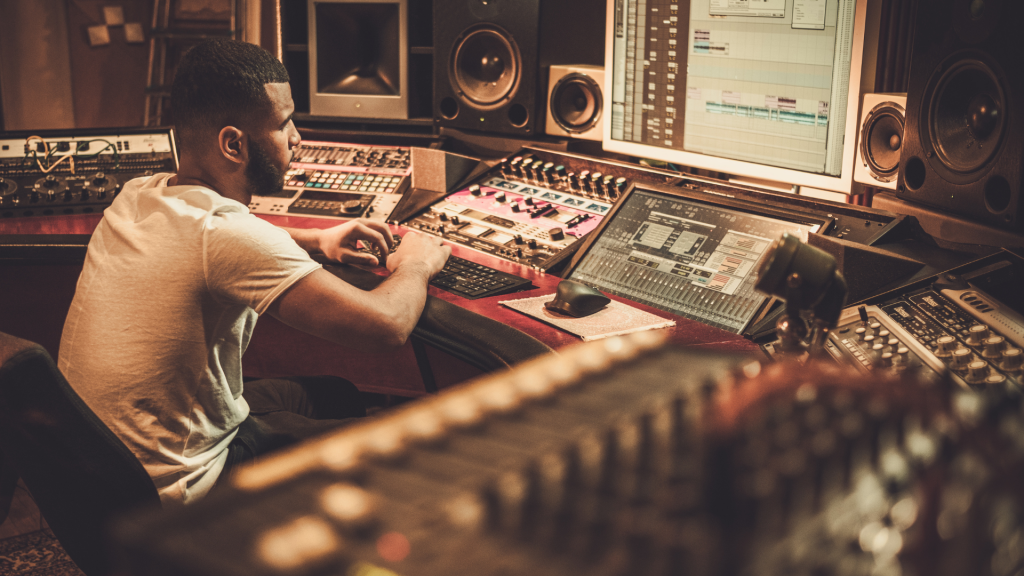Should you buy from a gallery or individual artists? Where is the best place to find art? What are some ways to reduce your risk as a buyer?
These are all questions that people new to buying art ask. In this blog post, we answer these questions and provide tips for finding your first art piece.
Take Your Time
When you are looking for your first art piece, take your time. There is no rush in finding the perfect piece for you. Remember, this is an investment and you want to be happy with your purchase.
Talk to the artist and get to know their story. Ask questions about the piece and what inspired them.
Most importantly, take your time to make sure you connect with the piece. Once you find the right one, you’ll know it.
Consider Your Style
If you’re new to collecting art, it’s important to think about what style you’re drawn to. Do you prefer abstract or realistic paintings? Landscapes or portraits? Bright colors or muted tones?
There’s no right or wrong answer when it comes to your taste. But taking some time to consider your style can help you narrow down your options and find a piece of art that you’ll love for years to come.
If you’re not sure where to start, try browsing different artists and styles online or at a local gallery. And don’t be afraid to ask for help from a professional art consultant. They can offer guidance and advice based on your specific preferences.
Set a Budget
When it comes to buying art, one of the most important things to do is set a budget. This will help you narrow down your options and find a piece that fits both your taste and your budget.
There are a few things to keep in mind when setting your budget for a piece of art. First, think about how much you can afford to spend. Then, consider the size of the piece and the medium it is made in. Finally, factor in any framing or matting costs.
Once you have an idea of how much you can spend, start browsing through galleries or online art retailers. Narrow down your search by only looking at pieces that fit within your budget. Then, take some time to examine each piece and see if it speaks to you.
If you find a piece of art that you love but it is outside of your budget, don’t be afraid to negotiate with the seller. Many times, they are willing to work with you on price.
Remember, when it comes to buying art, it is important to find something that you love and that fits within your budget. With a little bit of searching, you are sure to find the perfect piece for your home or office.
Do Your Research
Be sure to do your research before buying anything. Art is a big investment, so you want to be sure you’re getting exactly what you want and that it’s worth the price tag. Read up on the artist, learn about their process and style, and make sure you’re comfortable with the piece before pulling out your wallet.
Understand That Size Does Matter
When it comes to art, size does matter. The size of the piece you choose should be based on the size of the room you plan to put it in.
For example, if you have a small room, you wouldn’t want to buy a large painting that would overwhelm the space. Likewise, if you have a large room, you wouldn’t want to buy a small piece that would get lost in the shuffle.
There are no hard and fast rules when it comes to choosing the right size of art for your home. But keep these general guidelines in mind and you’ll be sure to find a piece that fits both your space and your style.
Think About Where It Will Go
When considering purchasing a piece of art, it is important to think about where it will go. Will it be a focal point in the room? Is there a specific wall you have in mind?
Getting an idea of the space you have to work with will help narrow down your search. You may also want to consider the lighting in the room, as this can affect how the artwork is seen.
Track Your Purchase
When it comes to purchasing art, there are a few key things you should keep in mind to ensure you’re making a wise investment. First, be sure to track your purchase. This means keeping all receipts and paperwork associated with the transaction in a safe place.
This will help you keep tabs on your spending. It will also come in handy if you ever need to return or exchange the piece.
Ask For Help if You Need It
One of the most important things to remember when you’re starting your art collection is to ask for help if you need it. There are a lot of different resources available to help you find the right piece, and it’s important to take advantage of them.
One great resource is your local art gallery. Many galleries have staff members who are passionate about art and can help you find the perfect piece for your collection. They can also guide how to care for your new artwork.
Another great resource is online forums and groups dedicated to art collecting. These can be a great way to connect with other collectors and get advice on everything from where to buy artwork to how to condition it.
Finally, don’t forget about your friends and family! If someone you know is an avid collector, they may be able to give you some great tips or even help you find that perfect first piece.




